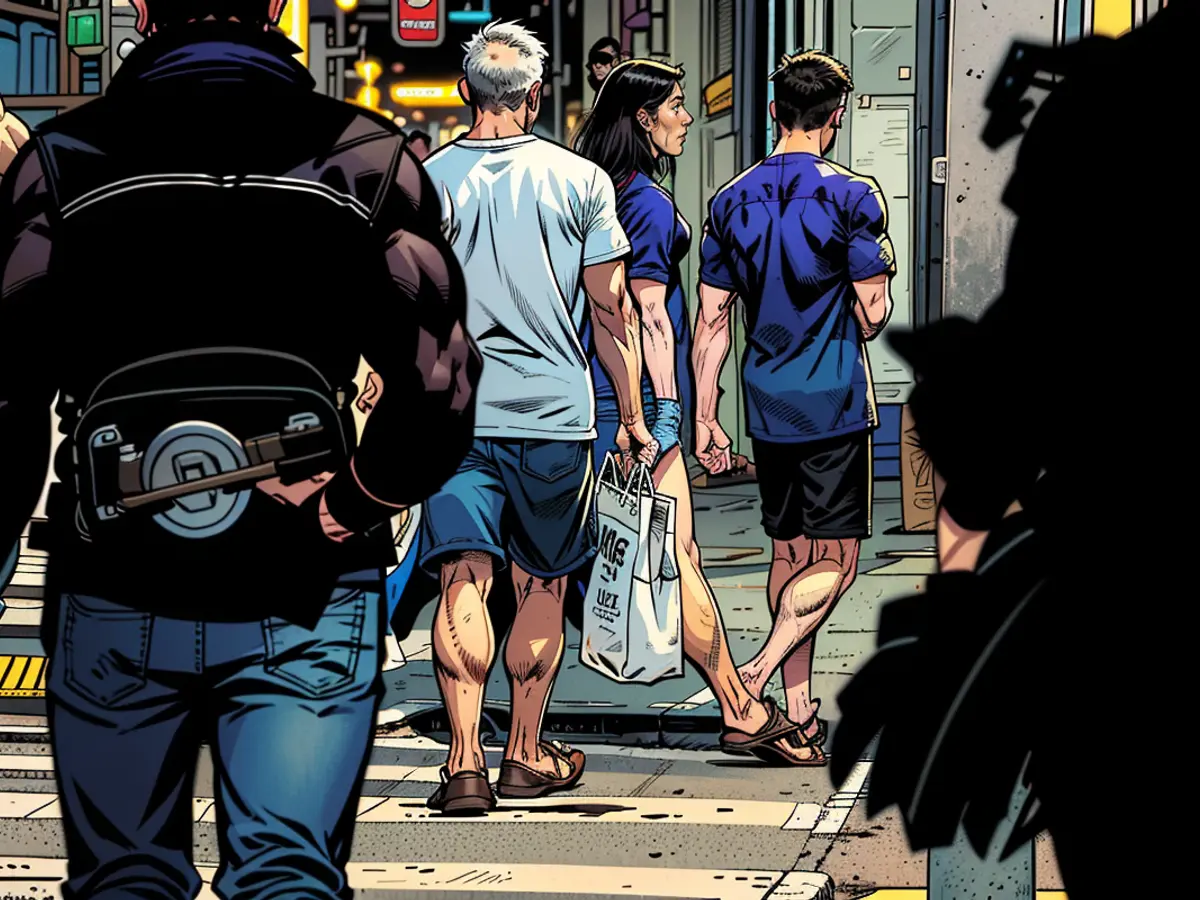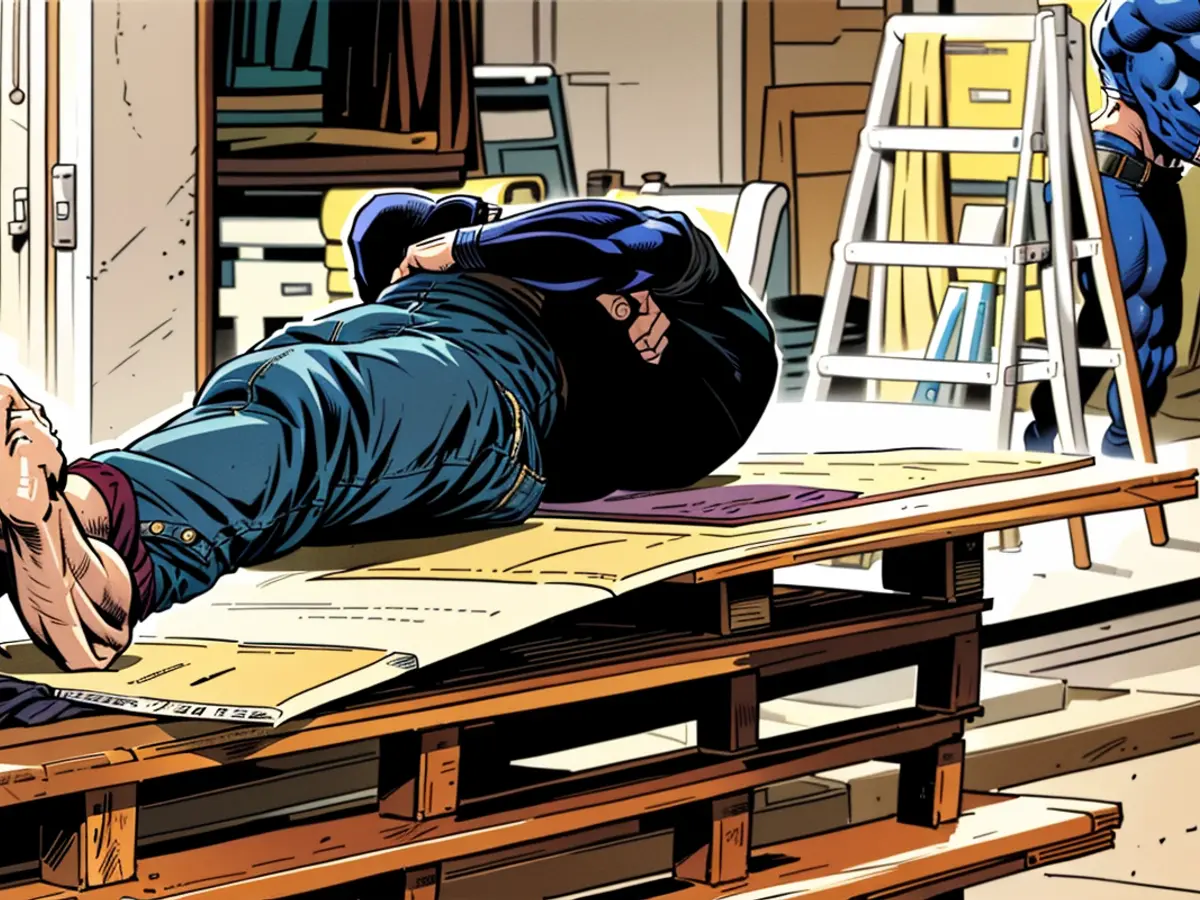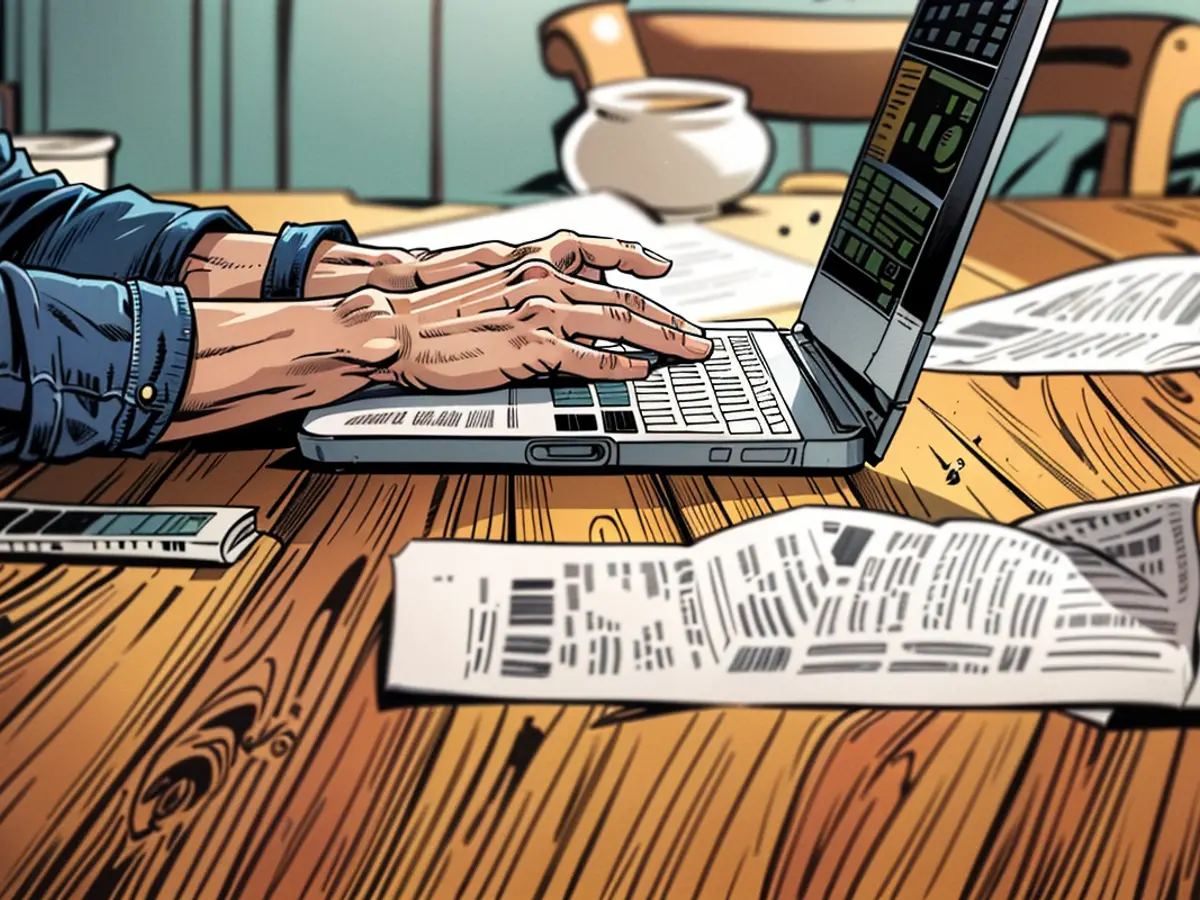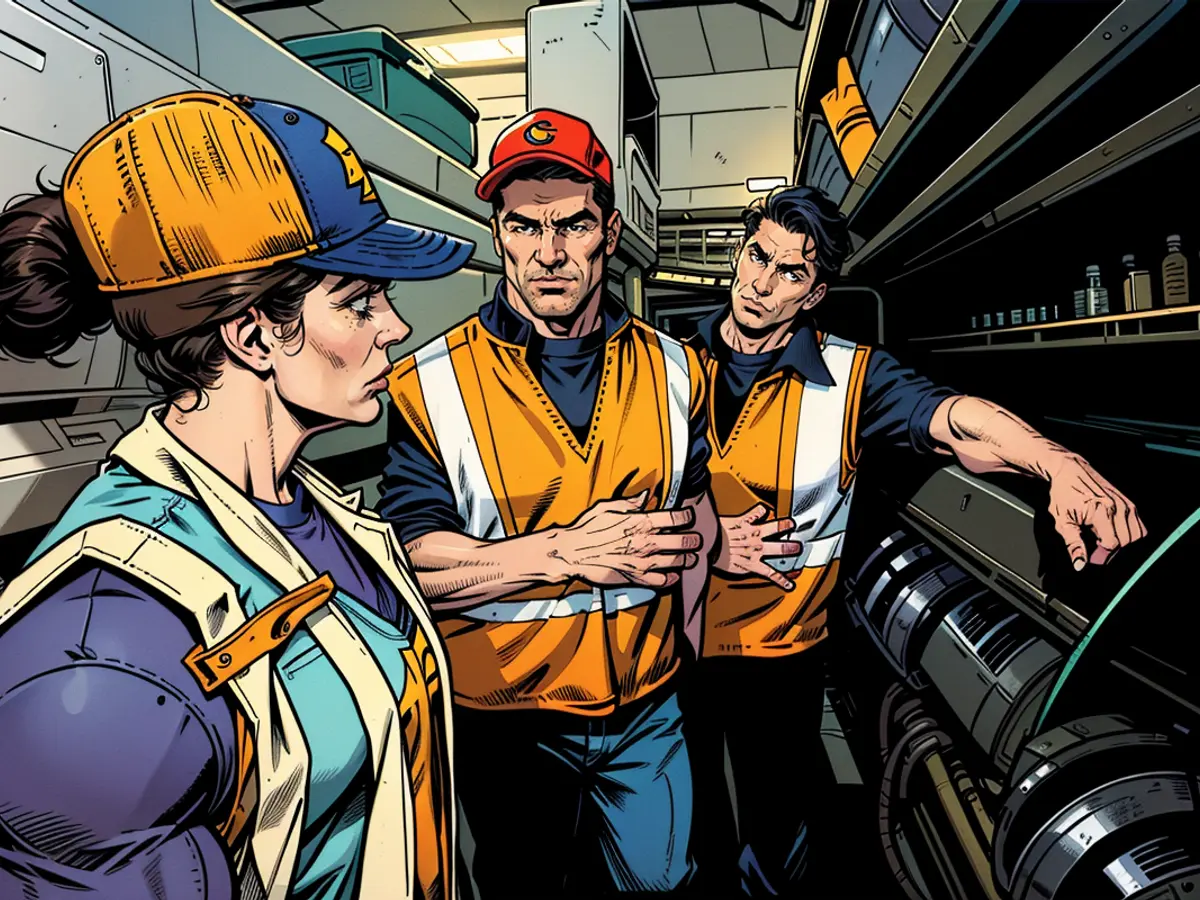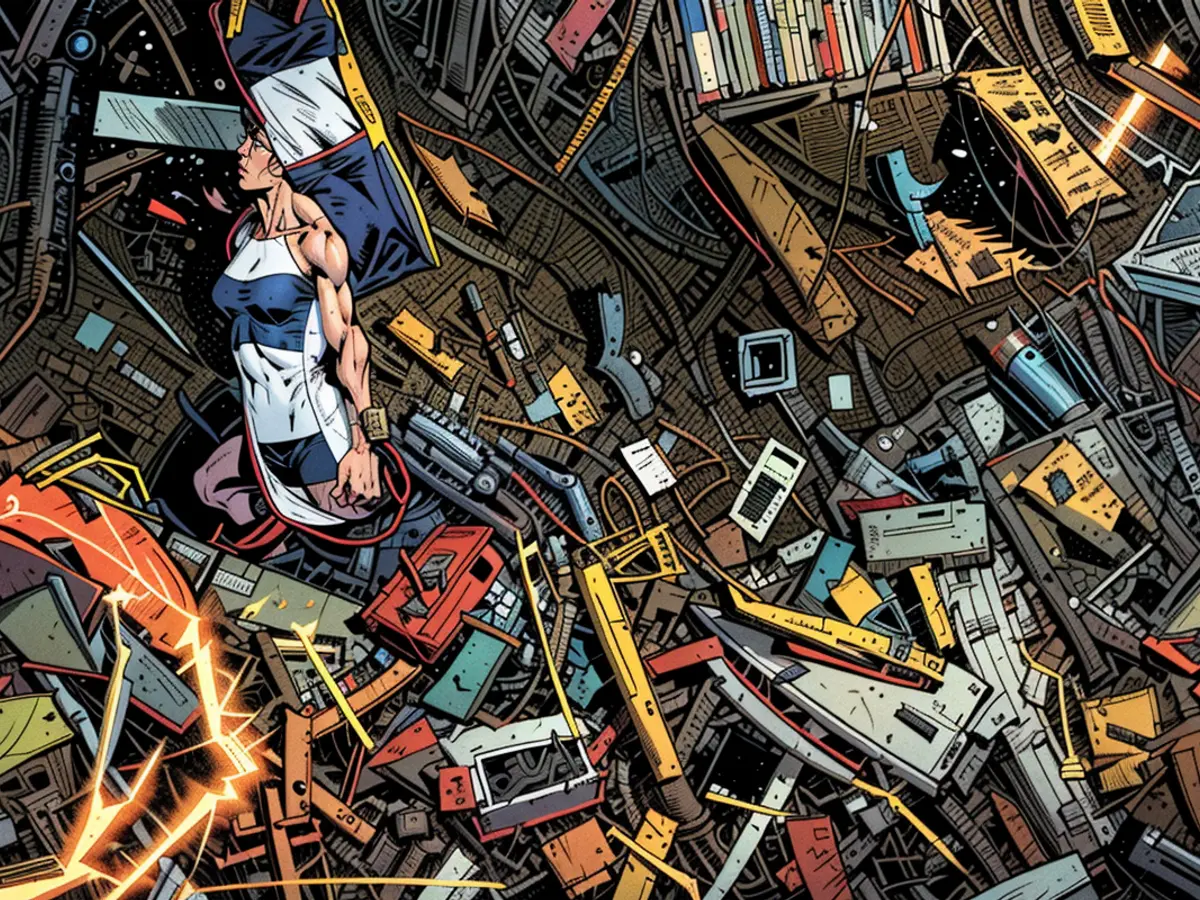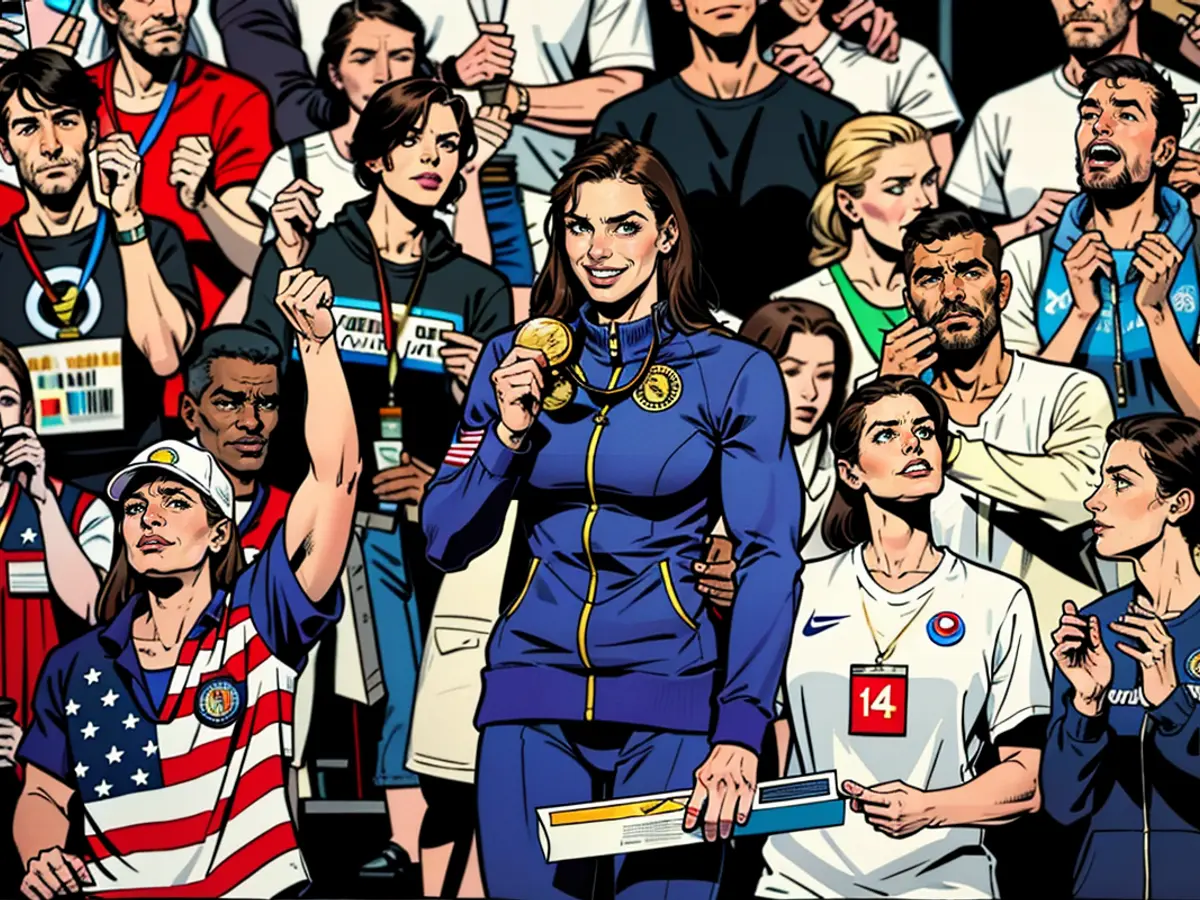Here’s who to blame — and who not to blame — for the slumping US economy
The current state of the US economy is far from rock bottom. Gross domestic product for the second quarter of this year came in better than expected, with the economy growing at an annualized rate close to 3%. And even though the pace of hiring has slowed, 6 million more Americans are working now compared to before the pandemic.
But just a few months away from Election Day, the economy is showing some substantial cracks, with the unemployment rate jumping to the highest level since fall 2021 and consumers reining in their spending — even pulling back on fast food.
Expect the finger-pointing game to be fierce.
Who deserves the blame?
Republicans and Democrats
It’s not fair to lay all the blame for the state of the economy on one party when both have contributed.
While neither can befullyblamed for the pandemic itself, their handling of it has had significant ramifications for the economy.
Under the Trump administration, two Covid stimulus packages were passed, with a totalprice tag of more than $3 trillion. Then, under the Biden administration, a third stimulus package costing nearly $2 trillion was passed.
Around a year after that, inflation soared to the highest level in over 40 years. Russia’s invasion of Ukraine played a role in that by causing energy prices to spike, a substantial expense for businesses and consumers alike.
But the massive spending both parties signed off on — even if they weren’t the ones proposing it — certainly can’t be ruled out.
Researchers from MIT and State Street found that while the initial pandemic runup in inflation resulted from pent-up demand, the driving force quickly shifted to the deluge of federal spending that was aimed at lifting the economy out of the last recession.
Leave the Fed out of it
Eventually, the Fed had to aggressively respond to inflation by raising its key benchmark lending rate to the highest level in more than two decades. It’s stayed at that level for a year now and has helped bring inflation within spitting distance of the Fed’s 2% target.
Up until last week’s July jobs report, it seemed like the central bank was on track to pull off a rare “soft landing,” a scenario when inflation cools without triggering major job losses.
But now, more politicians are questioning whether central bankers have kept rates punishingly high for too long.
After Friday’s jobs report came out, Massachusetts Democratic Sen. Elizabeth Warren said Fed Chair Jerome Powell “made a serious mistake not cutting interest rates,” referring to the central bank’s most recent policy meeting.
“He’s been warned over and over again that waiting too long risks driving the economy into a ditch,” she said in a post on X urging the Fed to cut rates immediately.
Arguments like that ignore the fine line the Fed must tread. It’s unlikely Fed officials went into their meetings thinking, “How can we make life even more difficult for Americans? Oh, here’s an idea, let’s just leave interest rates really high.” That’s not to say that politicians necessarily wanted to make Americans’ lives more difficult either.
But the difference between politicians and the Fed is: The Fed has to go on clean-up duty for politicians when they inadvertently cause inflation or unemployment to rise, while politicians don’t have to do the same for the Fed.
Fed officials haven’t lowered interest rates yet because they’ve been trying to gain more confidence that the progress they’ve achieved in bringing inflation down to more tolerable levels won’t get undone if they loosen their grip. They don’t have a crystal ball telling them when is the best time to cut, hold or hike.
They make highly sophisticated estimates using a plethora of economic data that feed models. Additionally, they meet with business owners and community leaders to better understand economic conditions.
Yet all the calculus they perform to determine what the ideal interest rate level is at any given point in time is complicated by fiscal spending that’s entirely out of their control.
The Fed can’t possibly always get it right. They’ve made mistakes and will surely make more.
Blaming them is like blaming a sanitation worker for causing climate change when their job is simply to collect the trash people have piled up.
The escalating unemployment rate and reduced consumer spending are causing concerns within the business community about the health of the economy before the election. The researchers from MIT and State Street attribute the high inflation rates to a combination of pent-up demand and excessive federal spending from both Republican and Democratic administrations.
